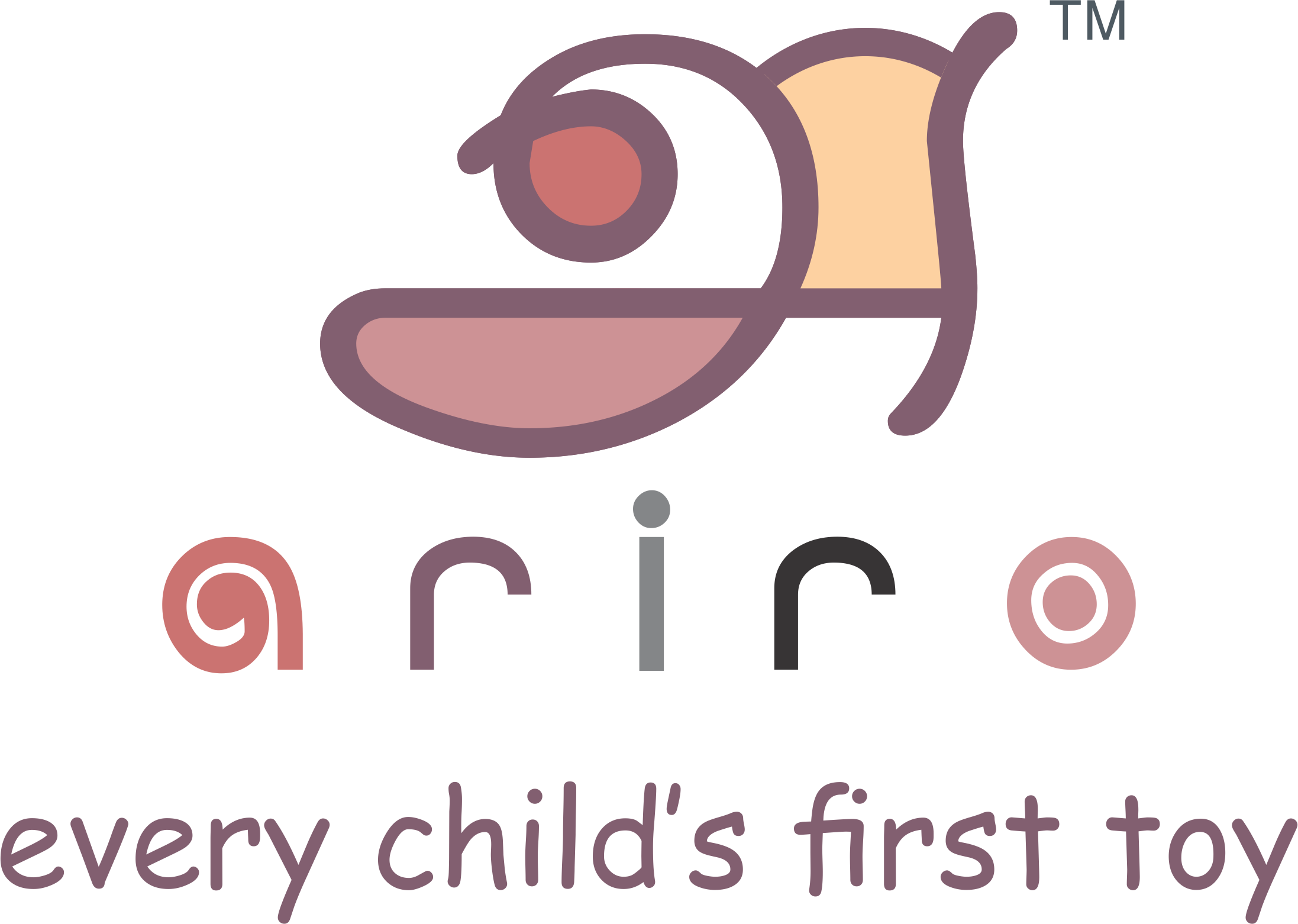
Once your child can walk independently, they discover new uses for their hands which aren’t required for locomotion anymore. Their interests will shift to independently exploring their environment by standing, walking and running. The child’s need for movement will manifest in different ways and one of them is their need to push and pull things – even those that appear too heavy to us.
Dr. Montessori observed this need in young children and called it ‘maximum effort’. It is simply a time when the child is challenging the capabilities of their own body. If you have noticed your toddler trying to push furniture or wanting to carry heavy shopping bags or water cans, then they are going through this period of ‘maximum effort’.
We can support this need by providing them with an outlet to use ‘maximum effort’. A walking wagon with something heavy inside provides a child with the experience of pushing and pulling in a safe and purposeful manner They also redirect the child from pushing other children or household things like furniture that shouldn’t be pushed.

A walking wagon is used in Montessori schools and homes to provide children with opportunities to practice walking and refining their sense of balance and coordination. Apart from supporting their need to exercise ‘maximum effort’, they also aid the child’s ‘transporting schema’.
Schemas are repeated behavioral patterns in children, displayed particularly when they play. These schemas aid children to understand and make sense of the world by exploring and understanding the meaning of that exploration. Some of the commonly discussed schemas include the connection, orientation, transporting, positioning, trajectory, enveloping, enclosing and rotation.
The transporting schema is simply displayed as a tendency to move things around from one place to another. The walking wagon helps the child to practice this schema as they can use the walker to transport things from one part of the house to another.
They can also use the walking wagon to collect things from nature when they are going for a walk outside. The child is always looking for ways to participate in real life activities and the walking wagon can also be used for household activities like transporting cutlery from the kitchen to the dining area, wet laundry from the washing machine to the drying area and folded clothes to their wardrobe.
Typical walkers and bouncers are developmentally inappropriate as they force the child into ‘walking’ when they aren’t yet ready. They put the baby in a position where they have no control over their own movement and since they aren’t yet ready to walk on their foot, they end up balancing on their toes which ruins their sense of balance. They don’t help your child to walk and instead hinder development and are so harmful for the child that they are even banned in many countries.
On the contrary, the walking wagon is designed to be used by the child when they are ready and meet their developmental needs safely. It supports the child’s natural patterns of movement and helps them refine these further. It helps the child to move independently but also ask for help when they need it – for instance, they may initially need help to change direction.

Some pointers to keep in mind:
- only give the walking wagon to a baby who can walk independently without needing to hold on to anything
- stay around when your baby is using the walking wagon, observe and assist wherever needed
- don’t allow the use of walking wagon anywhere near stairs
- tell your child to let you know when they need help turning around- you could come up with a word or gesture they could use to ask for your help
- place something heavy in the wagon (like even bags of rice or sand or heavy books) so they can’t push the wagon too fast








